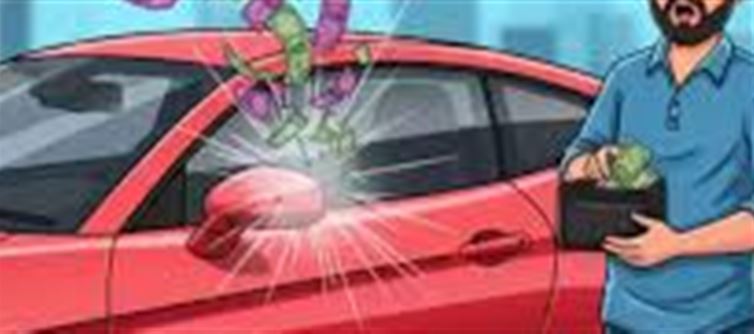
Car insurance is essential for every vehicle owner today, and while most of us are aware of basic coverage, there are some surprising facts that can help you understand your policy better. From the smallest scratches to big claims, here are some car insurance facts that will leave you amazed and well-prepared.
1. Third-Party Insurance is Mandatory
In India, third-party car insurance is mandatory by law.
· This covers damage to other people’s property or injury to others in case of an accident, but it does not cover your own car or injuries to yourself.
· Without this, you could face heavy fines or even legal issues, so make sure your car is properly insured!
2. A Small Scratch Can Increase Your Premium
You might think that a small scratch on your car doesn’t matter much, but claims for minor damages could actually raise your insurance premium.
· Why? Even the smallest repair can be costly when it comes to the mechanics involved or if the damage is related to larger parts (like sensors or cameras).
· The insurance company may also raise your premium after a claim, regardless of how minor the damage was.
3. No Claim Bonus (NCB) Can Save You Money
If you don’t file a claim during your policy period, you’re eligible for a No Claim Bonus (NCB), which can reduce your premium by up to 50%.
· So, the longer you go without a claim, the more money you save when renewing your policy.
· However, NCB isn’t transferable to another insurer if you switch providers, so keep that in mind when shopping around for a new policy.
4. Insurance Covers Natural Calamities Too
Did you know that natural disasters like floods, earthquakes, or storms are covered under comprehensive car insurance?
· Your vehicle can be insured against damage from natural calamities, which are common in certain areas.
· However, this coverage is only available if you have comprehensive insurance, not just third-party or basic policies.
5. zero Depreciation Insurance Can Be a Game-Changer
Standard policies account for depreciation of your car's value over time.
· This means that when you make a claim, the payout might be lower than what you expect.
· Zero depreciation insurance covers the full value of your car’s parts without considering depreciation. It’s a great option for new cars and can be a lifesaver when you need repairs after an accident.
6. Gaps in Coverage Can Cost You
Many car owners unknowingly leave gaps in their coverage when renewing their policy.
· For example, not updating your vehicle’s details, like a change in ownership or modifications, could result in a rejected claim.
· Always keep your insurance policy up-to-date to ensure you’re covered in case of an emergency.
7. Insurance Claims for Accessories Are Not Always Covered
Did you know that custom accessories (like fancy alloy wheels, high-end stereos, or seat covers) are typically not covered under standard insurance policies?
· If you want coverage for these, you may need to add an add-on to your policy, which can increase the cost.
· Be aware of what’s included and excluded, and consider customizing your policy accordingly.
Final Thought
Car insurance isn’t just about getting a policy and forgetting about it. There are many nuances and hidden details that can affect your coverage, premiums, and claims. By understanding these facts, you can make smarter decisions, ensure your car is adequately protected, and avoid surprises when it’s time to make a claim.
Disclaimer:
The views and opinions expressed in this article are those of the author and do not necessarily reflect the official policy or position of any agency, organization, employer, or company. All information provided is for general informational purposes only. While every effort has been made to ensure accuracy, we make no representations or warranties of any kind, express or implied, about the completeness, reliability, or suitability of the information contained herein. Readers are advised to verify facts and seek professional advice where necessary. Any reliance placed on such information is strictly at the reader’s own risk.
.jpg)




 click and follow Indiaherald WhatsApp channel
click and follow Indiaherald WhatsApp channel